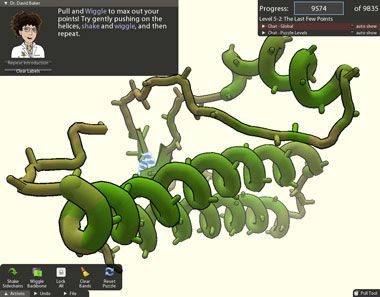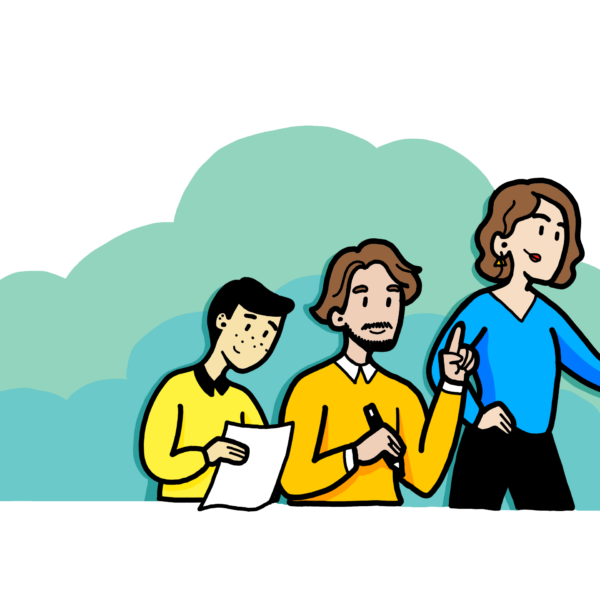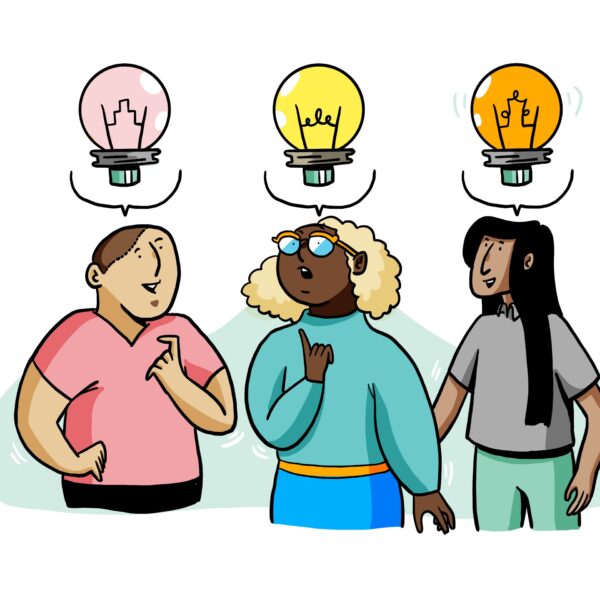
Virginia, one of our newest team members here at ImageThink, has just started enjoying an online course with AlphaChimp called That Creative Space, a 6-month course for graphic recorders who want to deepen their facilitation skills.
One of the areas AlphaChimp is covering in this course is all of the ways that visual learning and facilitiation come into play. Gamification is one technique that uses visualization and visual learning extensively.
The term “gamification” refers using simple (or complex) game design principles to encourage people to complete tasks, solve problems or engage in other meaningful ways.
Gamification isn’t child’s play – though our earliest experiences with games often are in childhood. The image above is from FoldIt, and online puzzle game that challenges users of any age or background to fold selected protein structures using various tools. The highest-scoring solutions are analyzed by researchers at the University of Washington for possible real-world applications in biochemistry.
According to AlphaChimp:
Games work because they show a path to mastery and autonomy. Gaming takes advantage of humans’ psychological predisposition to engage in playing for points or overcoming challenges.
Visual imagery, from simplest stick figures to high-definition 3D renderings – often play a vital role in games. Both visualization and gamification help us grapple with ideas and problems in different ways, helping us engage and understand in new and enjoyable ways.

